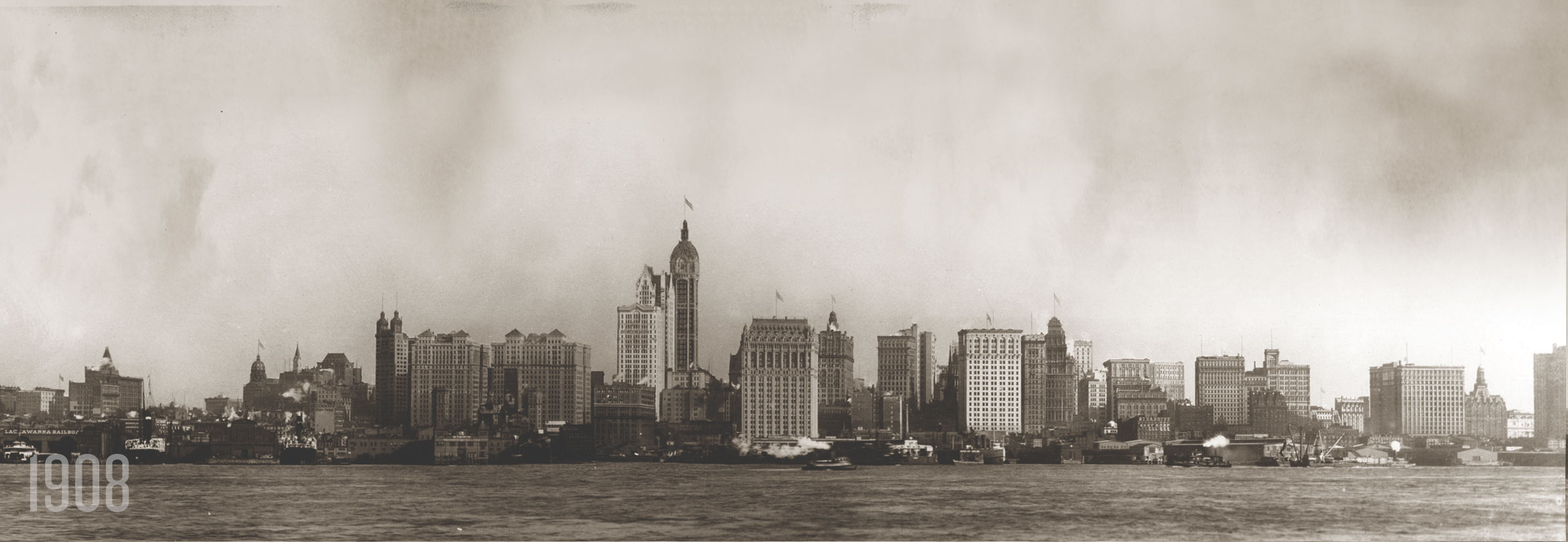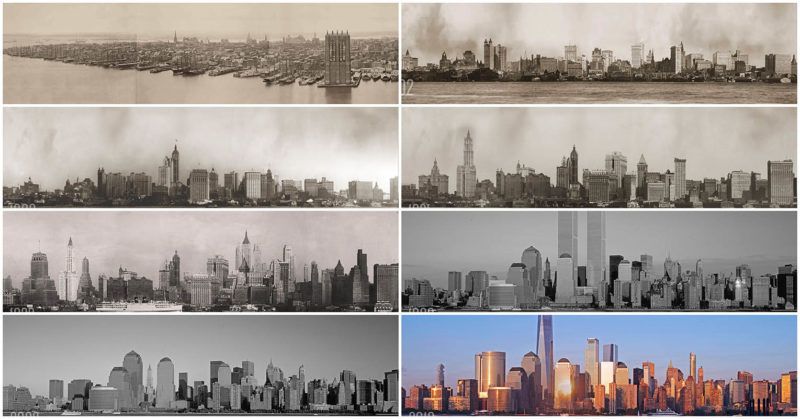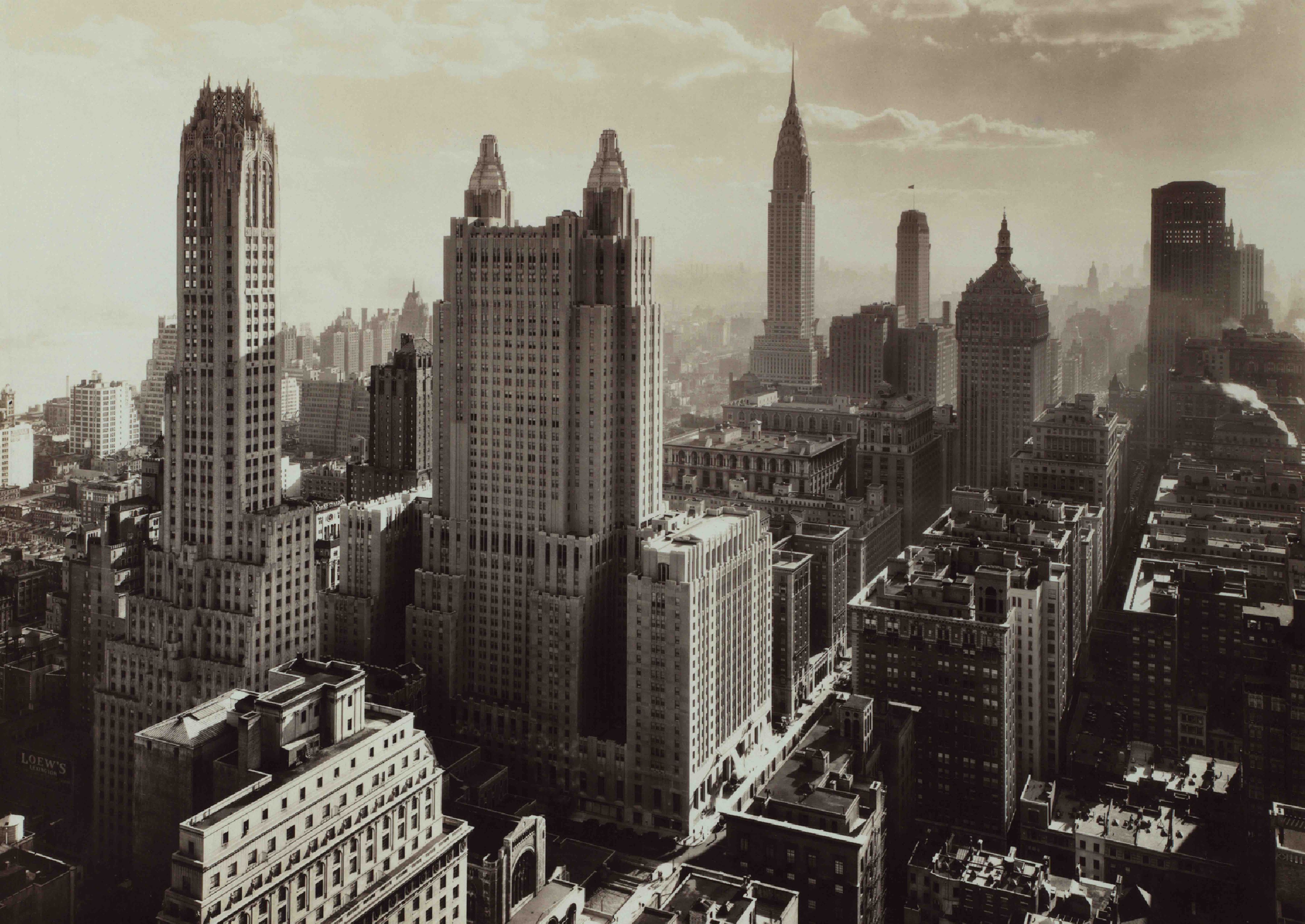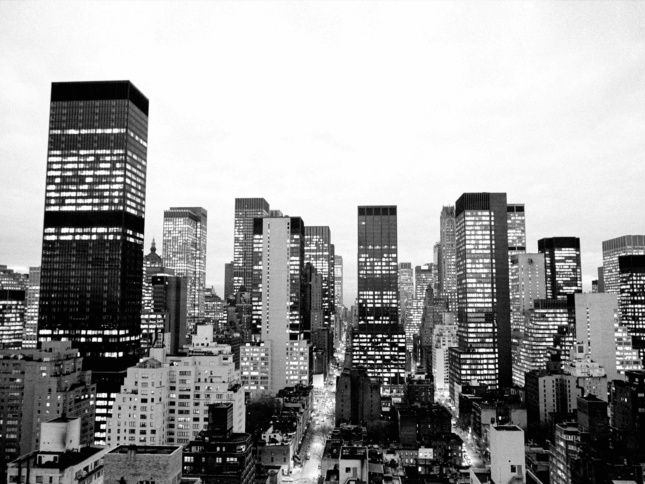The iconic New York skyline is probably the first image that comes to mind when people hear the words New York City. However, the “Big Apple’s” skyline has not always been big. In fact, there was a time when that skyline was bare, with only 10 story buildings modestly piercing its sky.
New York is one of the major cities that encountered dramatic changes in its skyline. Nowadays, we don’t really think of the city’s humble beginnings, but there was a time when there was no empire state building or any high rises. The Skyscraper Museum, in New York, unveils this past and unfamiliar version of the city in an exhibition entitled SKYLINE. The exhibition reveals how the city develops into more than a sprawling metropolis.
[irp posts=’176115′]
What is the skyline in New York?
The New York Skyline is full of historic and modern skyscrapers that tell the architectural narrative of this global city.
The Exhibition of The New York Skyline
The exhibition showing in the Skyscraper Museum spans five periods of New York’s history. It starts from the 1800s and goes through each evolutionary phase of New York, era by era. The periods begin from 1876 and extend all the way to 1921. Each period is represented by a depiction of the New York Skyline from the same position and the same angle. The difference in the photos lies only in the time and the architecture, yet the images speak bounds as to the socio-economic and even political standpoint of each period.
200 Years of New York Skyline:
1876-1900

Courtesy of Skyscraper Museum
The first period details the early era of inventions and the beginning of steel-skeleton construction in 1892. New buildings, then, rose to a height of ten floors. By the 1900s there were elevators and commercial buildings reaching up to 22 stories high. It was around this time that New York’s famed Flatiron building was built. Given there were no constraints or regulations in this era, buildings rose high in odd and interesting shapes.
1900-1916

Courtesy of Skyscraper Museum
This era saw the rise of more and more skyscrapers and tall buildings. The buildings were eclectic and beyond their time. Some were topped with jagged roofs, while others had flat-topped rooflines. The reason for the surge in construction of this building typology, at the time, was the dramatic rise in population. More people meant more growth and investment, which meant the need for more businesses, offices, and commercial buildings.
1920-1960

Courtesy of Skyscraper Museum
In this portion of the Skyscraper Museum, the buildings all seem to be a lot more slender and pyramid-like. This is the time when regulations came into full swing. But during this time, the Great Depression was at its peak and no new skyscrapers would start turning up regularly till the 1950s.
1961 and zoning
The turning point in the New York skyline was when the regulations changed again in 1961. At that time, buildings were designed into a different form. They were made into rectangular glass boxes with windows that were to remain unopened. The buildings would be air-conditioned and lit with fluorescent lights. They had transformed into what we know as the International Style.
1961-2000
During this period the twin giants of the World Trade Centers could be seen, towering above all the other buildings. They became a symbol for New York at the time. Downtown New York was a hub for the FIRE (Finance, Insurance, and Real Estate) district. Even after sunset, the New York skyline can be seen illuminating, which perpetuates the idea that New York is always working; it will always be the city that never sleeps.
The exhibition will be showing all through January 2019, but it is also available online here. If you’re looking for a more comprehensive guide to how New York has changed over the years, check out: How the Map of New York Has Changed in 500 Years.




